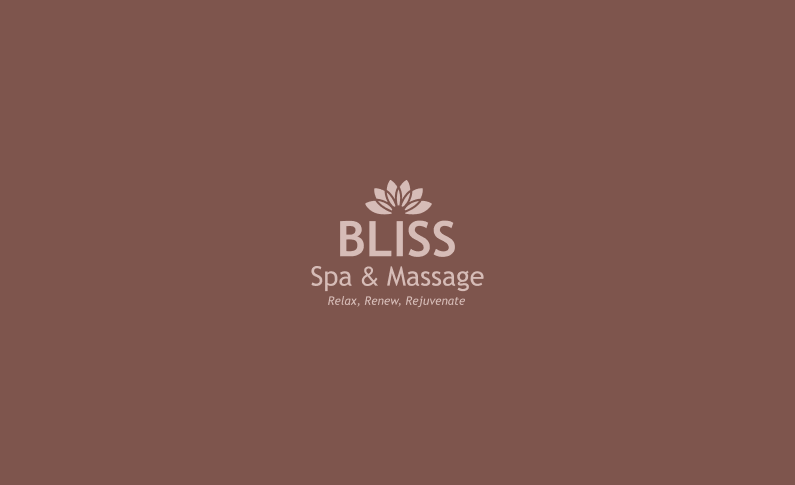Blog 2

Can Massage Help With Anxiety as Much as Medication?
Massage therapy has been shown to reduce symptoms of anxiety by lowering cortisol and boosting serotonin. Learn how it compares to medication and when it works best.
Anxiety and Its Treatments
Anxiety disorders affect more than 40 million adults in the United States annually (ADAA, 2020). Standard treatments often include therapy, medication, or a combination. Medications such as selective serotonin reuptake inhibitors (SSRIs) or benzodiazepines are effective but can cause side effects, including drowsiness, dependence, or weight changes (Bandelow et al., 2017).
This has led many individuals to explore complementary therapies, including massage.
The Science Behind Massage and Anxiety Relief
Massage therapy influences both the nervous system and neurochemistry, making it an effective tool for anxiety management.
-
Cortisol Reduction: Massage therapy significantly reduces cortisol levels, the body’s primary stress hormone (Moyer et al., 2019).
-
Boost in Serotonin and Dopamine: Massage increases serotonin and dopamine, neurotransmitters that regulate mood and reduce anxiety symptoms (Field et al., 2005).
-
Improved Heart Rate Variability (HRV): Massage promotes parasympathetic nervous system activity, improving HRV and reducing stress responses (Hernández-Reif et al., 2012).
-
Sleep and Muscle Tension: Massage addresses physical tension and promotes deeper, restorative sleep, often disrupted by anxiety (Field, 2010).
Massage vs. Medication: Evidence-Based Comparison
| Massage Therapy | Medication |
|---|---|
| Reduces cortisol and boosts serotonin/dopamine (Moyer et al., 2019; Field et al., 2005) | Alters brain chemistry directly (Bandelow et al., 2017) |
| Immediate relaxation response | Effects may take weeks |
| No major side effects | Possible side effects (drowsiness, dependence, GI issues) |
| Improves physical health (pain, circulation, sleep) (Field, 2010) | Primarily mental health benefits |
| Best with ongoing sessions | Daily or as prescribed |
Note: Massage can significantly reduce anxiety symptoms but is not a stand-alone treatment for moderate to severe anxiety disorders.
Clinical Applications of Massage for Anxiety
Massage therapy has been studied in multiple clinical populations:
-
Cancer Patients: Massage reduced anxiety and pain in oncology patients (Cassileth et al., 2004).
-
Post-Traumatic Stress Disorder (PTSD): Massage improved mood and lowered anxiety in veterans (Moyer et al., 2011).
-
Generalized Anxiety Disorder (GAD): Pilot studies show regular massage can reduce GAD symptoms, though larger trials are needed (Hou et al., 2010).
These findings highlight massage as a complementary treatment to traditional care.
When Massage Works Best
Massage may be most effective for individuals who:
-
Experience mild to moderate anxiety symptoms
-
Have physical symptoms linked to stress (muscle tension, headaches, insomnia)
-
Are already in therapy or on medication but want additional support
-
Prefer holistic, drug-free methods
For severe anxiety, massage should be used as a complementary therapy, not a substitute for professional care.
Recommended Massage Types for Anxiety Relief
Based on research and clinical practice:
-
Swedish Massage – Activates the parasympathetic nervous system, reducing stress (Field, 2010).
-
Aromatherapy Massage – Essential oils like lavender or chamomile enhance mood regulation (Hwang et al., 2015).
-
Craniosacral Therapy – Gentle touch that calms the central nervous system, effective for anxiety and tension (Greenwood, 2011).
Final Thoughts
While massage may not fully replace medication for everyone, studies consistently show it can significantly reduce anxiety symptoms, lower cortisol, improve sleep, and boost mood. For many, it’s an evidence-based, natural complement to traditional treatments.
✨ If you’re managing anxiety and seeking natural relief, massage therapy offers a clinically supported path toward better mental and physical health.


